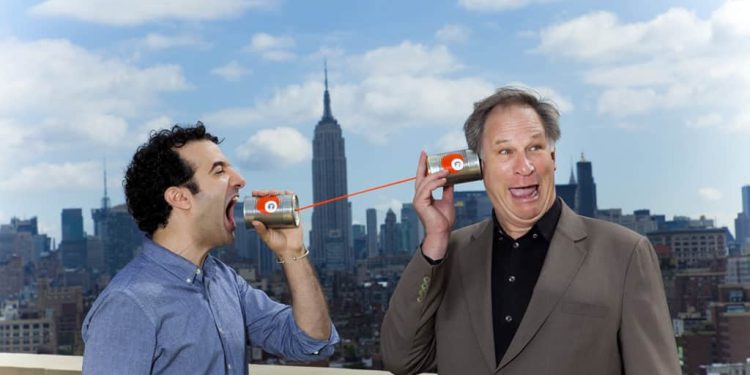Handful podcasts are as reliable as WNYC studio Radiolab regarding arousing inquiry and encouraging amazement. The popular radio show and podcast, helmed by Jad Abumrad and Robert Krulwich, does have a cult-like fanbase and has received multiple honors, along with two Peabodys.
You can support Radiolab by being a member right now. Radiolab is on a binge-watching bin. We ask probing questions and seek answers through investigative journalism.
Spotify, Google Podcasts, Apple Podcasts, iHeart Radio, TuneIn, Pocket Casts, Stitcher, and RSS are just a few of the various methods to find and hear past Radiolab episodes. The best RadioLab episodes are the ones that amuse, amaze, and excite listeners.
If you enjoy the WNYC (a New York City NPR affiliate) RadioLab podcasts, then you’re on the right page. This collection of RadioLab episodes is a treasure trove of all the best moments from the show. If your favorite episodes of RadioLab aren’t included, you may have still not heard the top episodes of RadioLab.
Table of Contents
Toggle15. Parasites
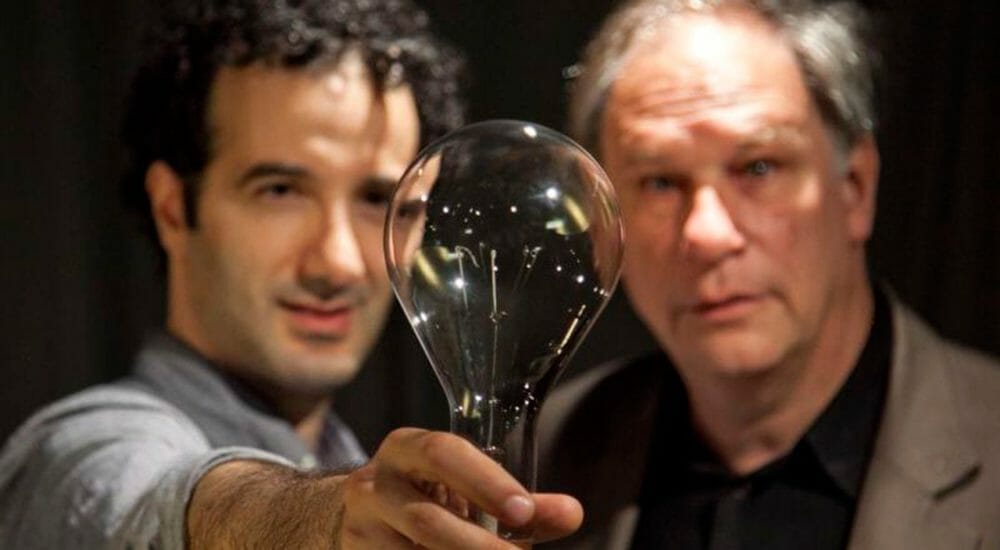
Are there any hitchhikers on your internal system? Are they beneficial or harmful? They discuss it in this Radiolab episode, which first appeared on Sept 7, 2009.
What role do parasites play in the society surrounding them? Is it true that they are the ones that control everything? The hosts dive into tales of sluggish farmers, insects, and other natural scavengers. They also question even if there aren’t any good parasites.
14. The Rhino hunter
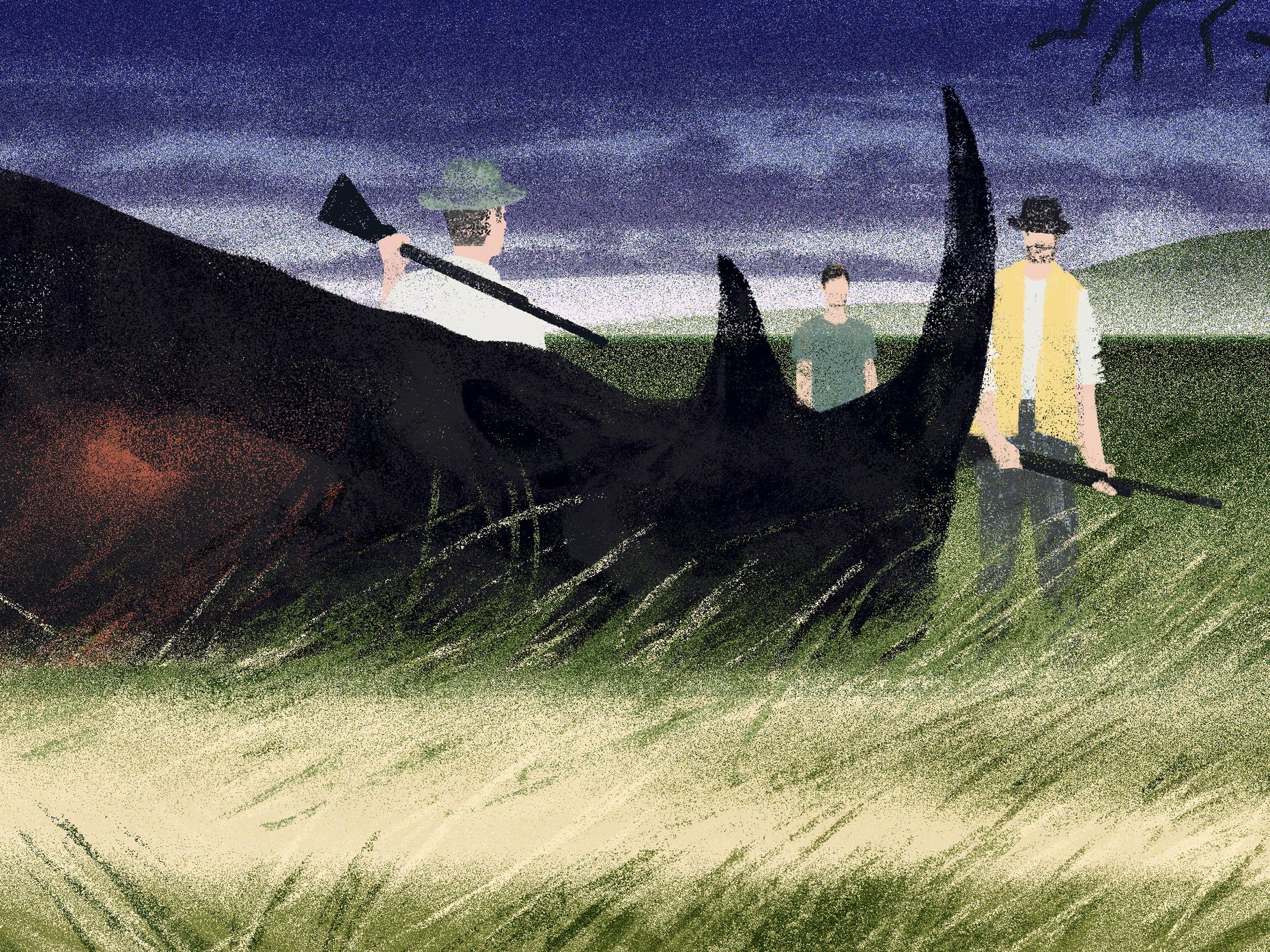
Corey Knowlton funded $350,000 for a hunting expedition to Namibia in 2014 to shoot and kill an endangered species. He’s an experienced hunter who leads tours all over the globe. So a trip to Africa would have been nothing out of the ordinary for him. But with the other approach, the objective would be. And, as he shortly discovered, so would the spotlight.
Presenter Simon Adler accompanies Corey as he avoids death-threatening messages and attempts to pull the trigger in this segment. We pause along the route to speak with Namibian poachers and political figures, American campaigners, and Richard Leakey, Kenya’s former Director of Wildlife, who has been here previously. We’re also trying to determine what conservation entails in the twenty-first century.
13. Cut and Run
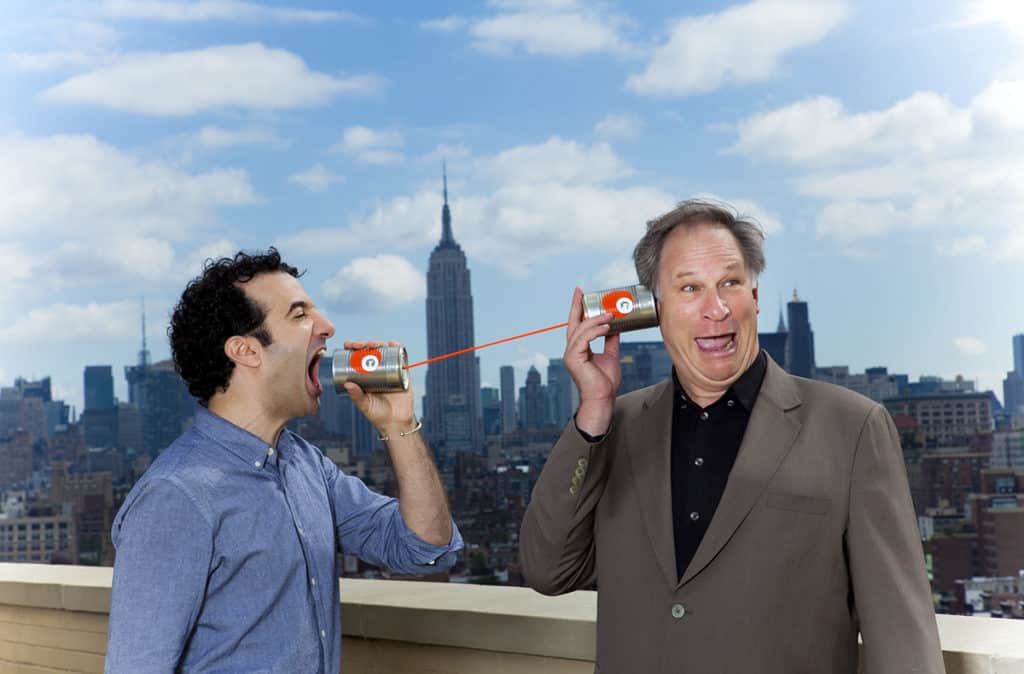
The Kalenjin clan, an ethnolinguistic tribe indigenous to Kenya that has generated an extraordinary number of champions as long-distance runners, may be acquainted with runners. In this episode, Radiolab looks into various variables that could contribute to this tendency, ranging from simple economy to peculiar foods to an unusually high pain threshold.
There are conversations with researchers, journalists, and Kalenjin athletes, all of which culminate in an excellent episode for Radiolab that takes a deep dive into a fascinating topic.
12. Patient Zero
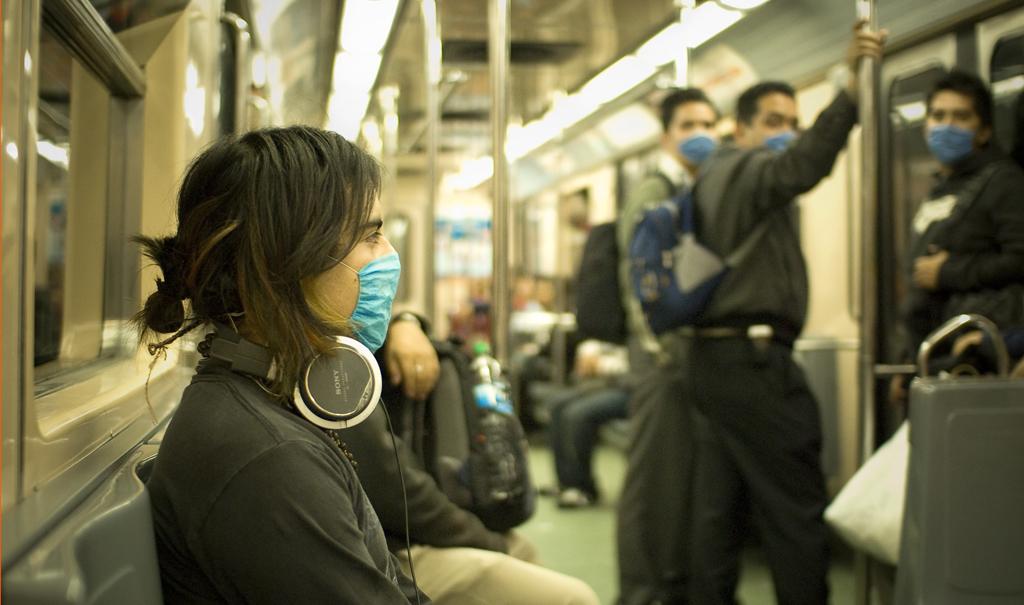
“Patient Zero,” an episode that concentrates on the individuals at the center of a pandemic, is a fascinating look at people and experiences that are both widely described (Typhoid Mary) but not (the root of AIDs).
Though most of this episode is somber, focusing on a few of history’s most significant pandemics, there seems to be some lightheartedness as Abumrad & Krulwich discuss how sickness might have been transmitted via cowboy hats during most of the 1865 Colorado Gold Rush.
The episode contains science and wonder, demonstrating that the problem with patient zeros seems to be that we do not realize they’re destined to be patient zero until it’s too far.
11. Breaking News
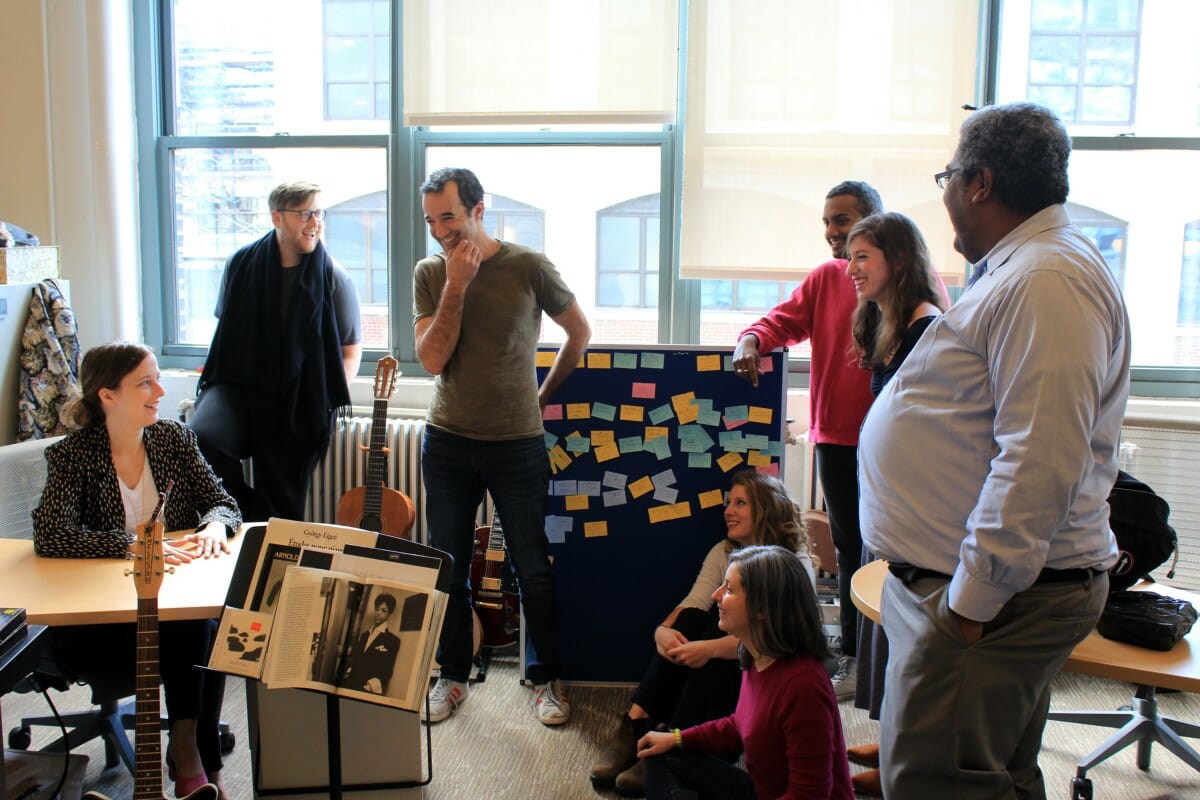
Radiolab receives a personal look at a new tech invented by Adobe that could produce videos where faces and voices are distorted to utter words people never said in an installment motivated by the 2016 election and the concept of fake news.
The application in issue, Adobe Voco, has been dubbed “Photoshop for the voice” and is discussed in the podcast both from a technological and an economic standpoint, as well as moral and safety issues.
Abumrad, Krulwich, plus producer Simon Adler put the program to trial at the end of the show and found it to be simultaneously convenient and somewhat alarming. Audiences will approve, and the episode will be significant when Voco and related software are utilized for internet movies and audio.
10. Adoptive Couple v. Baby Girl

Abumrad describes this episode as the tale of “a tiny girl who had become a very, very huge deal,” and he is correct.
The chapter starts as a straightforward story about a pregnant lady named Christy Maldonado who decides to place her baby for adoption; however, when the court system takes part, it becomes a problematic issue concerning a decades-old statute known as the Indian Child Welfare Act. Years of court battles they culminated in a Supreme Court clash and a significant ethical and legal quandary.
Viewers of this episode might check out Radiolab’s spin-off program More Perfect, which examines the impact of Supreme Court judgments on everyday life.
9. 60 Words
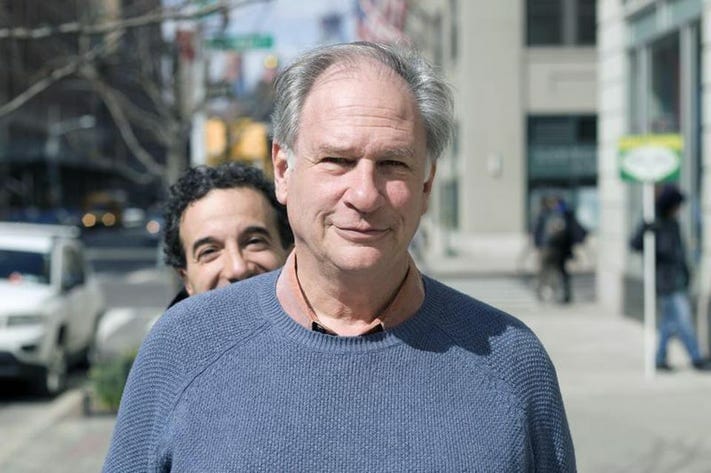
Radiolab rarely discusses politics, but when it does, the tales are much more behavioral than ideological. One of the better instances is this episode, in which the hosts examine a statement drafted quickly after Sept 11, 2001. And which provided the legal underpinning for the “war on terror.”
The piece, written in partnership with Buzzfeed journalist Gregory Johnsen, examines the complicated yet crucial sixty-world Authorization for using Military Force (AUMF) and what it signified for US politics verbatim.
Discussions with reporters, law experts, and officials are featured throughout the show to assist readers in understanding the lined, why it is so significant, and how this will alter the destiny of war and peace.
8. Blame
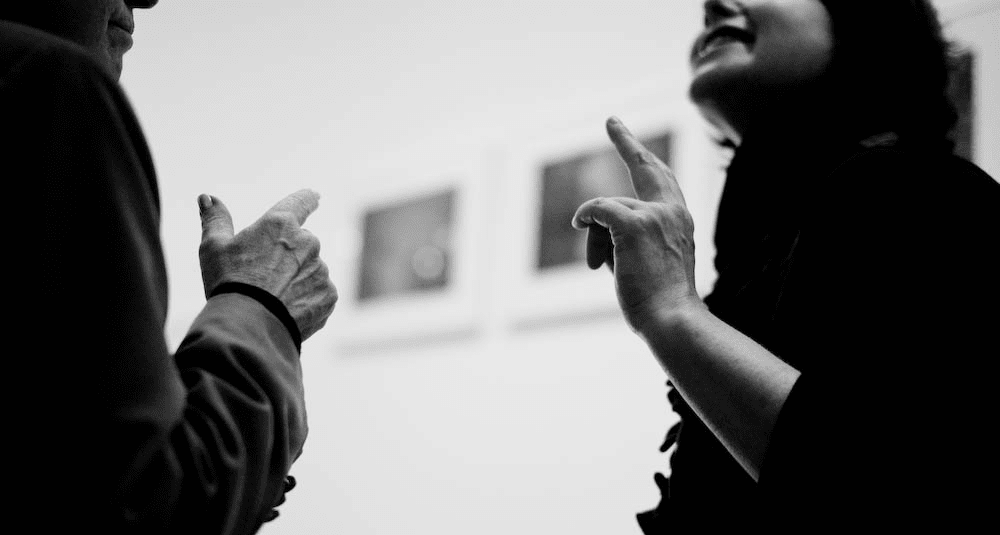
Three narratives are offered on the subject of blame, including both ethical and technological aspects that can help refine and comprehend the notion. “Blame” encapsulates all of Radiolab’s best qualities by telling thought-provoking and emotionally charged stories.
This episode has several major implications, but arguably the most significant is the debate about comprehending felons. The final tale, in which a special reporter Bianca Giaever presents a narrative about a man’s relationship with the murderer of his daughter, brings this issue to a head.
The narrative is personalized in terms of the two guys and how they have come to comprehend the crime, as well as instructive in how we might confront blame and compassion.
7. Falling

Radiolab is primarily an instructional program, but it could also be quite entertaining. The subject of this episode is “falling” in various senses of the word, from romance to damage to Niagara Falls. In one account, a biker remembers a mishap, claiming that the thumps his headgear produced against the floor inspired him to create a song in his brain. There’s also a narrative about finding love and some research behind the emotions.
The activity of traveling down the falls inside a barrel is the primary topic of the Niagara Falls chapter, which also includes the narrative of Annie Taylor, the very first individual to withstand a ride over the falls. It’s a strange story about why a schoolteacher opted to board a train to Niagara Falls with such a custom-made barrel in 1901 and how she ended up living.
6. The Dirty Drug and the Ice Cream Tub

When the facility where he was functioning closed down, an Indian uncle who had been a scientist snuck a mystery substance into the United States. His perseverance and skill in discovering a miracle medication saved countless lives.
From start to finish, the Radiolab Easter Island pharmaceutical episode is a tumultuous journey. Prepare to be impressed and moved by a man with the biggest heart and perhaps even more significant global effect.
5. Cities

Radiolab goes to the roads in this episode to study how cities work. They span large-scale issues that we often ignore to minute nuances that go unobserved. The episode features a blend of more severe, factual studies of what causes cities to work. It also features minor anecdotes and quirks regarding cities. Centralia, a now-tiny hamlet in Pennsylvania, is such an instance of a town with a coal mine raging fire beneath it for nearly fifty years.
Interviews with urban dwellers lustrate cities almost, and discussions with researchers the episodes. You’ll often get a taste of Radiolab’s meticulously designed production, including a perfect, microtonal soundscape of city sounds throughout the hour-long program.
4. Sleep

If you believed you understood everything there was to learn regarding sleep, think again. Reconsider your position. With an analysis of conversations with researchers, professors, and sleep experts, this first episode delves further into the idea of sleep than anyone had imagined.
The favorite aspect of this episode is when the audience realizes that experts know virtually little about why we require sleep and why we act the way we do in bed.
The session intertwines amusing stories, such as how iguanas rest with one eye wide open and what rats fantasize about, ultimately linking them to ourselves, our brains, and what creatures can teach us about human behavior.
3. Colors

This fan-favorite episode, which is equal amounts scientific and poetic, focuses on the point of color. It examines many perspectives. From the apparent but uncalled (Why is the sky blue?) towards the profound and more unique (What did Sir Isaac Newton seek to learn by poking a knife inside his eye? ), “Colors” dives into colors in a manner quite a few journalists had.
This episode is so powerful. This is because, although it is a scientific look of color, it is displayed as a story with tales instead of lectures. For illustration, in a piece based on the well-known concept that dogs perceive color differently. And Abumrad and Krulwich tell the story of a sea creature who smells paint even more strangely than humans.
They also discuss colorblind monkeys, who see color in the same way as many human males do. While it is pretty educational, this is also a chapter designed to elicit questions and amazement.
Read more: The Best Documentaries of All Time That You Should Watch
2. Diagnosis

There’s no doubt that Radiolab is a great starting point if you’re searching for stories to tell at family dinners. These stories will help you appear more intelligent. Several anecdotes about humans addressing difficulties are recounted in this episode. However, it is centered on the premise that humans may not always understand what’s right.
Numerous stories deal with medicine. From a glimpse at how physicians tried to comprehend pancreatic cancer to just a mind-blowing 10-minute narrative about why doctors used to irradiate the throat of millions of youngsters.
Also, there are topics about technologies, psychology, and a person’s behavior. The episode feels a little like first listening to or reading articles from Freakonomics. You know, with plot twists and fresh insights to offer.
1. Crispr

CRISPR has become more widely discussed. Radiolab became among the first to address the scientific concept of modifying DNA. This hilarious and enlightening 2015 episode is one of the best episodes.
Abumrad and Krulwich take quality time to describe the issue in an approachable manner. Abumrad and Krulwich spend the rest of the podcast delving into some potential applications of CRISPR.
The program explores how CRISPR has already been utilized and how that may influence the direction of development. From pulling animals back to life and producing flying pigs to changing the genetics of human embryos.
The show was re-released two years later. This time with significant innovations and new discussions with many specialists. Specialists that first brought CRISPR to Radiolab plus millions of hearers in 2015.
